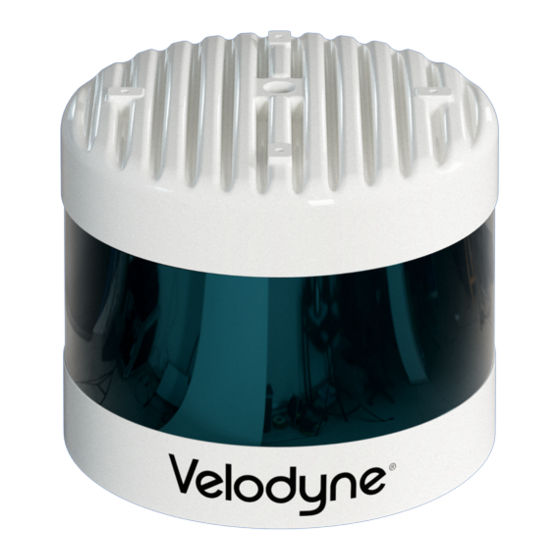
Velodyne VLS-128 Manuals
Manuals and User Guides for Velodyne VLS-128. We have 1 Velodyne VLS-128 manual available for free PDF download: User Manual
Velodyne VLS-128 User Manual (132 pages)
Brand: Velodyne
|
Category: Accessories
|
Size: 21.66 MB
Table of Contents
Advertisement
Advertisement
